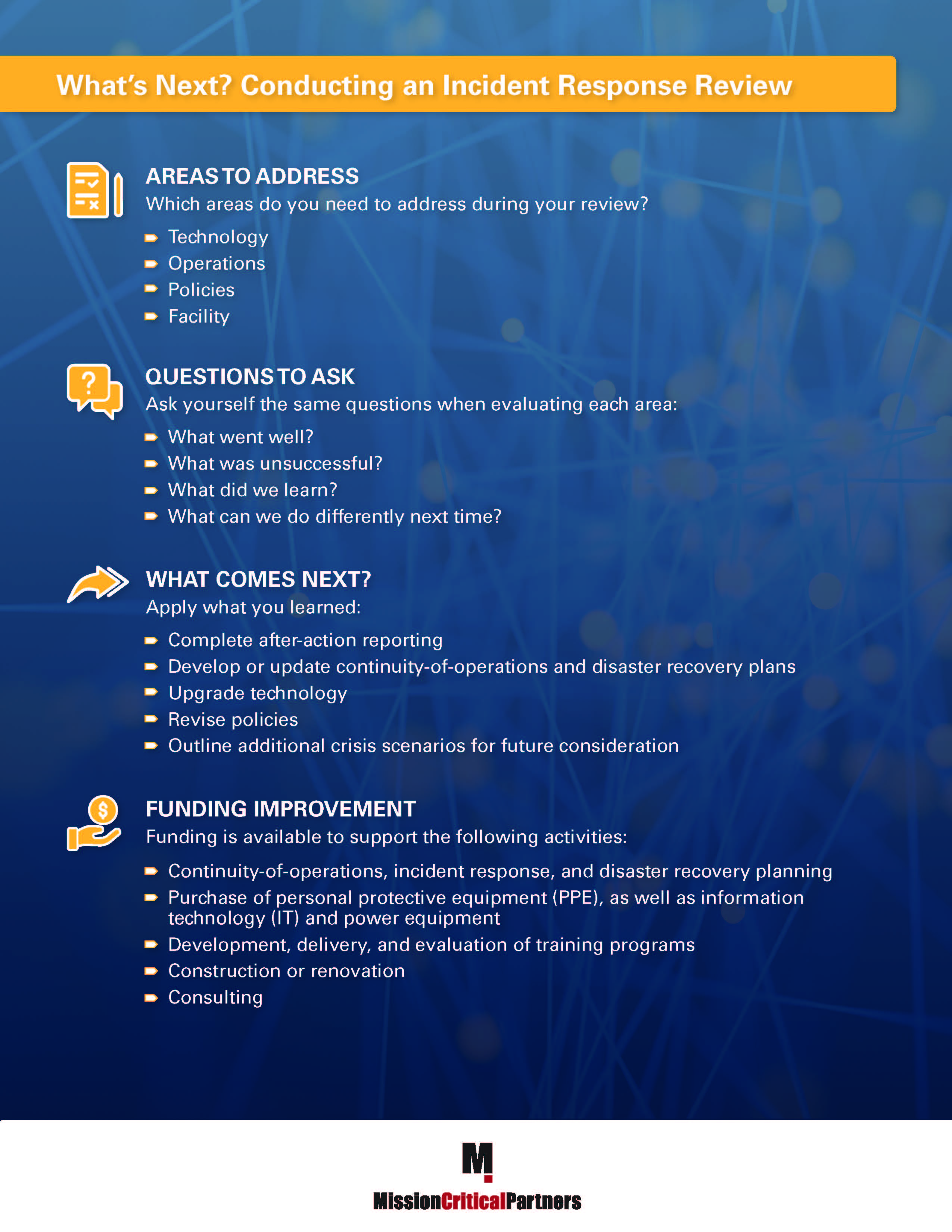

Executives often use hierarchy, relationships, or intuition to make these determinations. Gaining a true understanding of who your top talent is and what your most critical roles are is a challenging task. As performance suffered, they scrambled to cover temporarily, and then to fill, a mission-critical role.ĭisconnects such as this between talent and value are risky business-and regrettably common. When the incumbent account manager, a very high performer, suddenly took a job at another company, the move stunned her superiors. And there was no succession plan in place for the role.

The company was unaware of the incumbent’s growing dissatisfaction with her job. Yet the CEO was not carefully tracking the position. The role demanded a high degree of responsibility, a complex set of interpersonal and technical skills, and an ability to respond deftly to the client’s rapidly changing needs. By just about any other criterion, though, this was one of the most important roles in the company, critical to current performance and future growth. When asked to identify the critical roles in his company, the CEO neglected to mention the account manager for a key customer, in part because the position was not prominent in any organization chart. To understand how difficult it is for senior leaders to link their companies’ business and talent priorities, consider the blind spot of a CEO we know.


 0 kommentar(er)
0 kommentar(er)
